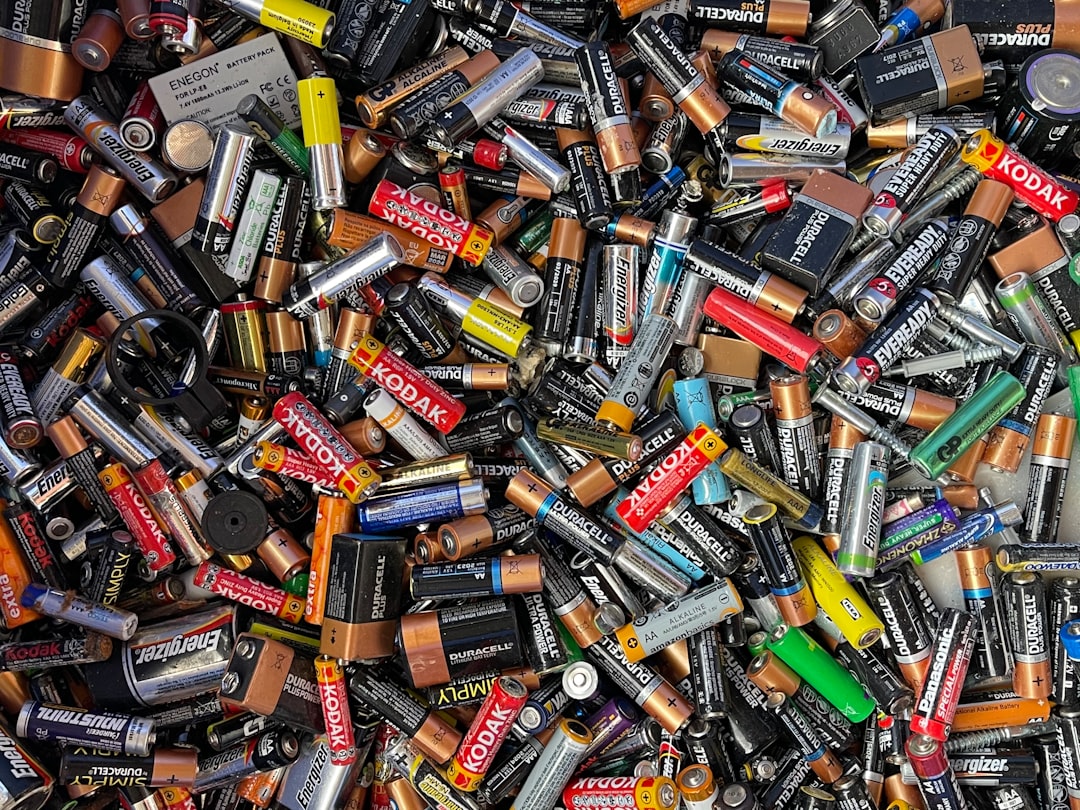What is it about?
Unripe plantain peel is a byproduct which can generate pollution problems. Plantain production is so high that it can be used as an alternative feedstock to produce bioethanol using a combination of first- and second-generation bioethanol technologies aimed towards the conversion of starch, sugar and fiber components associated with the whole fruit. Therefore the aim of this study was to analyze the technical feasibility to produce bioethanol with the whole plantain by combining first- and second-generation bioethanol technologies.
Featured Image

Photo by Henry Doe on Unsplash
Why is it important?
Increasing concerns over environmental pollution have led to a growing focus on the development of renewable energy sources. Biofuels, especially bioethanol, has advantages such as being renewable and domestically produced. These practices encourage rural economies and the creation of new jobs in areas where employment opportunities are scarce.
Perspectives
Economic and energy assessment of the bioethanol and plantain flour production using unripe plantain fruits (Musa paradisiaca L.) as raw material
PhD Leonardo Alexis Alonso
Universidad de los Llanos
Read the Original
This page is a summary of: Whole unripe plantain (
Musa paradisiaca
L.) as raw material for bioethanol production, Journal of the Science of Food and Agriculture, July 2019, Wiley,
DOI: 10.1002/jsfa.9847.
You can read the full text:
Contributors
The following have contributed to this page










